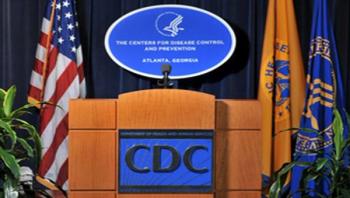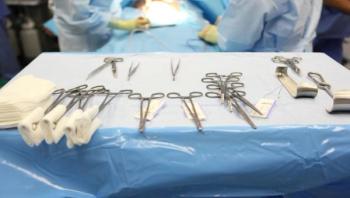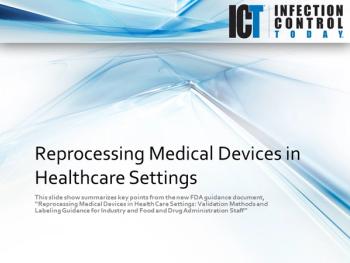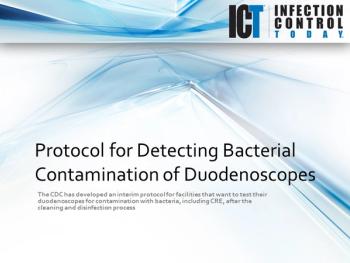
News







An American healthcare worker who tested positive for Ebola virus while volunteering services in an Ebola treatment unit in Sierra Leone has arrived at the NIH Clinical Center for care and treatment. The individual was transferred from Sierra Leone via private charter medevac in isolation and admitted to the NIH Clinical Center at 4:44 a.m. ET. The patient’s condition is still being evaluated. No additional details about the patient are being shared at this time.



Research publishing this week in PLOS Computational Biology analyzes the livestock trade in Italy and sexual encounters in a Brazilian prostitution service to find a correlation between loyalty and infection risk. The French team at Inserm, in collaboration with ISI Foundation and Istituto Zooprofilattico Abruzzo-Molise in Italy, has shown that it is possible to use past contact data to predict the risk of infection in emerging outbreaks.

The Ebola outbreak that has swept West Africa since 2014 may have cleared the way for a more familiar killer that could claim thousands of more lives -- measles. The African countries most affected by the outbreak could now be highly susceptible to measles epidemics due to severe disruptions in health-care systems caused by Ebola, researchers at Princeton University and Johns Hopkins University report in the journal Science. The closing of and public aversion to clinics and hospitals during the Ebola epidemic resulted in the reduction of routine procedures such as measles vaccination.


During the height of the Ebola outbreak, Dr. John Brooks used a simple system to manage the flood of phone calls he received as the leader of CDC’s Ebola Response Medical Care Task Force. When a handwritten sticky note with the name “Dr. Frieden” was stuck to his headset, it meant he was on the phone with the director of the CDC and all other calls would have to wait.




Social media has become an important way for institutions to communicate - both sending messages and receiving feedback - with clients and with the general public. Hospitals and other healthcare organizations use social media for a variety of purposes, but there has been little investigation of whether hospitals ratings that patients and other consumers submit via social media accurately reflect patient satisfaction or the quality of care delivered. A new study published online in the Journal of General Internal Medicine finds a correlation between how hospitals are rated on Facebook's five-star system and how well they performed on a widely used measure of quality care.












